Stores struggle to keep customers interested. Interactive digital signs make shopping exciting. This blog shows how these signs help retail stores draw in more people and sell more products.
Keep reading!
Key Takeaways
- Interactive digital signs make shopping fun by showing promotions and guiding customers through the store.
- Real-time updates on these signs let stores share deals instantly, making ads more personal and effective.
- These signs save money on advertising and use touchscreens for easy customer interaction.
- Linking signs to mobile apps helps shoppers get deals on their phones as they shop.
- Signs used for product promotion can suggest items that go together, helping increase sales.
Understanding Interactive Digital Signage

Interactive digital signage uses screens to engage customers. It helps retailers share information and promotions in real time.
Definition and Purpose
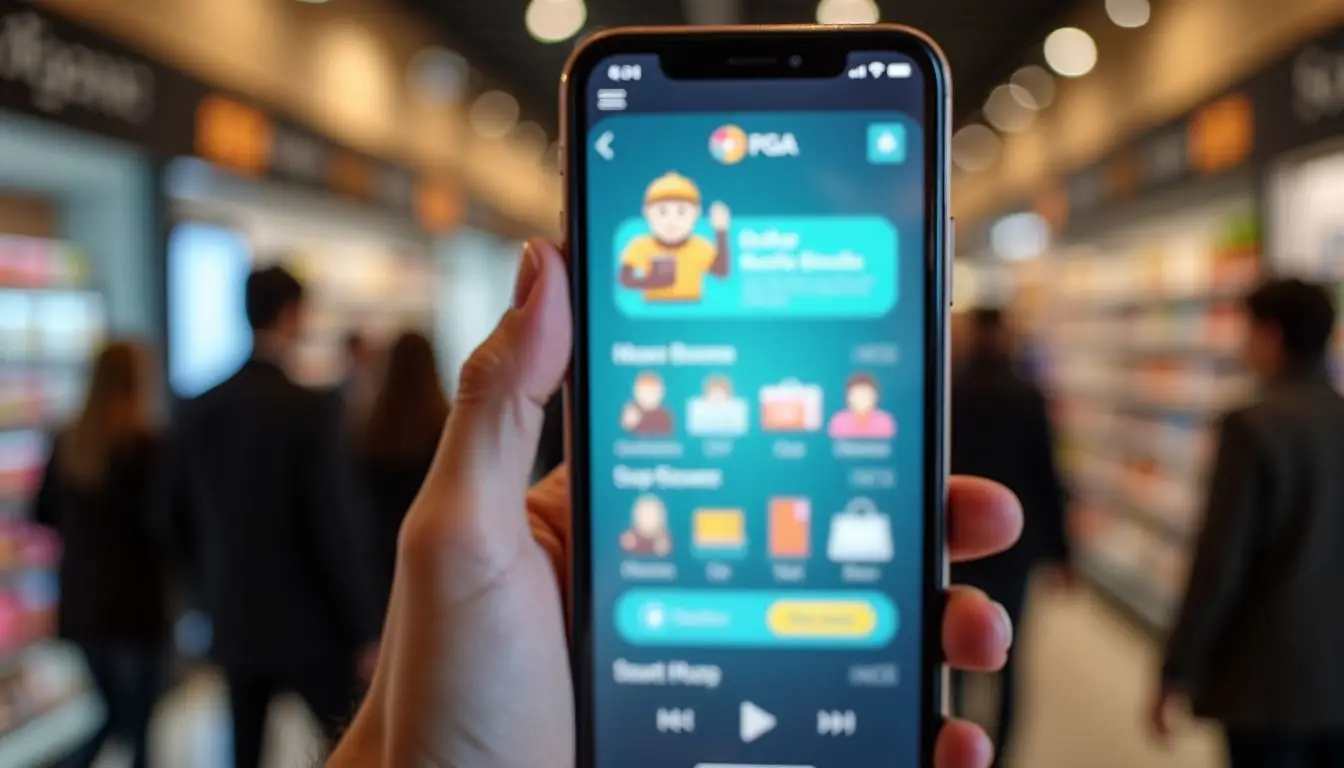
Interactive digital signage is a tool used in retail stores to connect with customers. It displays dynamic content that engages shoppers and enhances their experience. Retail digital signage serves many purposes, such as promoting products, sharing real-time updates, and guiding shoppers through the store.
This technology helps businesses improve customer engagement. Interactive displays make it easy for customers to find what they need and learn more about products. They also support instore data collection by tracking how people interact with the signs.
This information can help retailers tailor their marketing strategies to meet customer needs better.
Role in Retail Stores
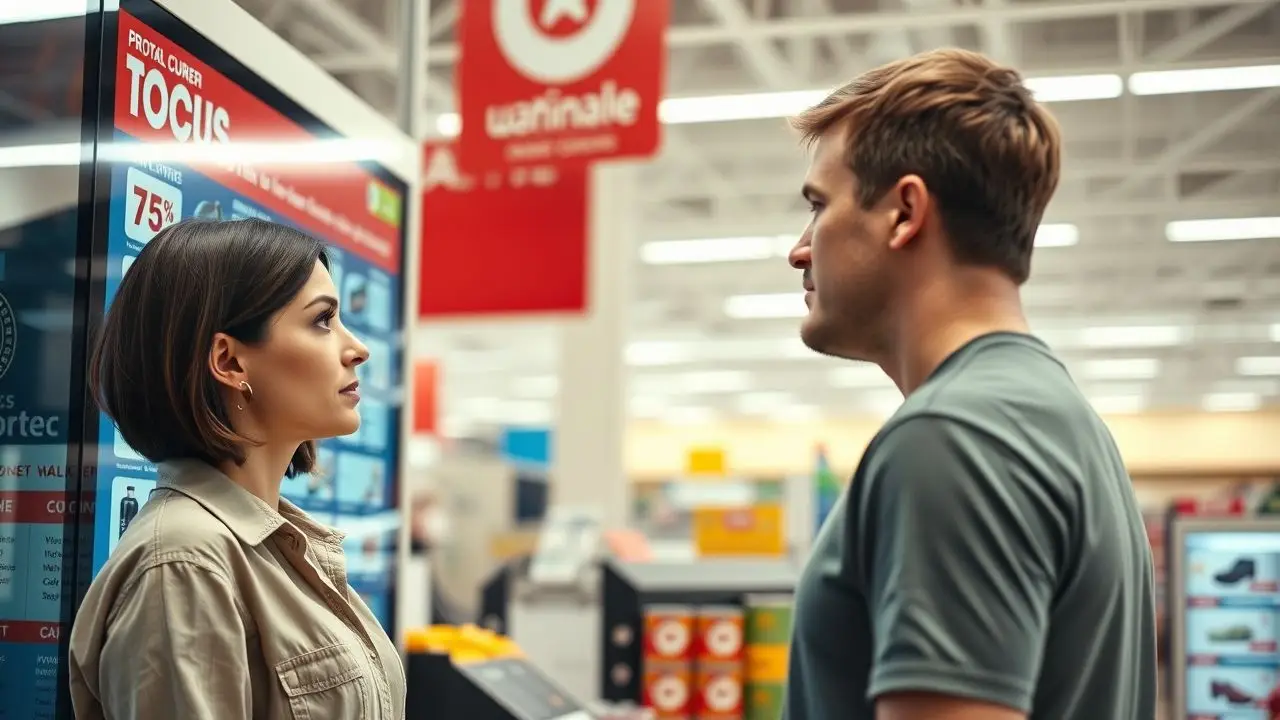
Interactive digital signs play a key role in retail stores. They engage customers and create a better shopping experience. Customers can interact with these displays, which makes the shopping fun and immersive.
Stores use them to show real-time content like promotions or updated product information.
These signs also help with store navigation. Shoppers can find products easily and enjoy their visit more. Many retailers see an increase in customer visits due to attractive interactive signage trends.
By using dynamic signage, businesses improve operational efficiency while sharing important messages about their brand and products clearly.
Benefits of Interactive Digital Signage for Retailers

Interactive digital signage helps retailers connect with their customers. These signs attract attention and keep shoppers engaged.
Enhanced Customer Engagement
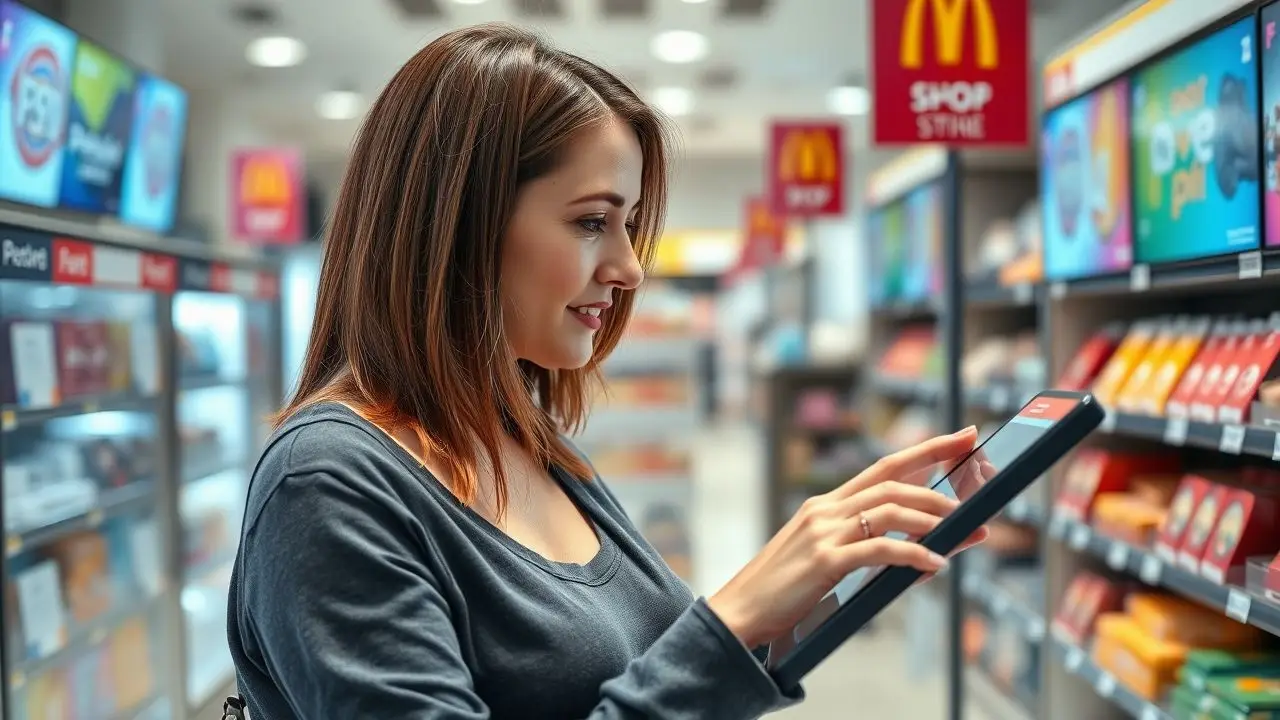
Interactive digital signs boost customer engagement in retail stores. They grab attention and invite shoppers to interact. With vibrant visuals and engaging content, these displays make shopping fun.
Customers can explore products through touchscreens. This encourages them to spend more time in the store. Real-time updates keep customers informed about promotions and special offers, enhancing their experience.
Shoppers feel involved and valued, leading to higher satisfaction and loyalty. Interactive advertising creates a memorable retail experience that draws customers back for more.
Real-Time Updates and Promotions
Real-time updates and promotions make shopping more exciting. Retailers can change their messages instantly. This feature allows stores to share current deals or special offers as they happen.
For example, a store can show a big sale on jackets right when winter starts.
Customers enjoy seeing promotions that matter to them. Digital displays can change based on what shoppers like. This personal touch helps engage customers and boosts sales. By using interactive retail displays, stores create an immersive shopping experience that keeps people coming back for more.
Cost-Effective Advertising
Interactive digital signs provide a smart way for stores to advertise. They save money on print ads. Digital content can change quickly, so businesses can update promotions in real time.
This means they can respond to customer needs right away.
Retailers use these signs for targeted messaging. They create ads that reach specific shoppers based on their past behavior or preferences. This kind of advertising is more effective than traditional methods.
It helps retailers connect better with customers and drives sales at the point of sale technology. Interactive digital signage becomes part of instore marketing strategies to engage customers fully while keeping costs down.
Key Features of Interactive Digital Signage
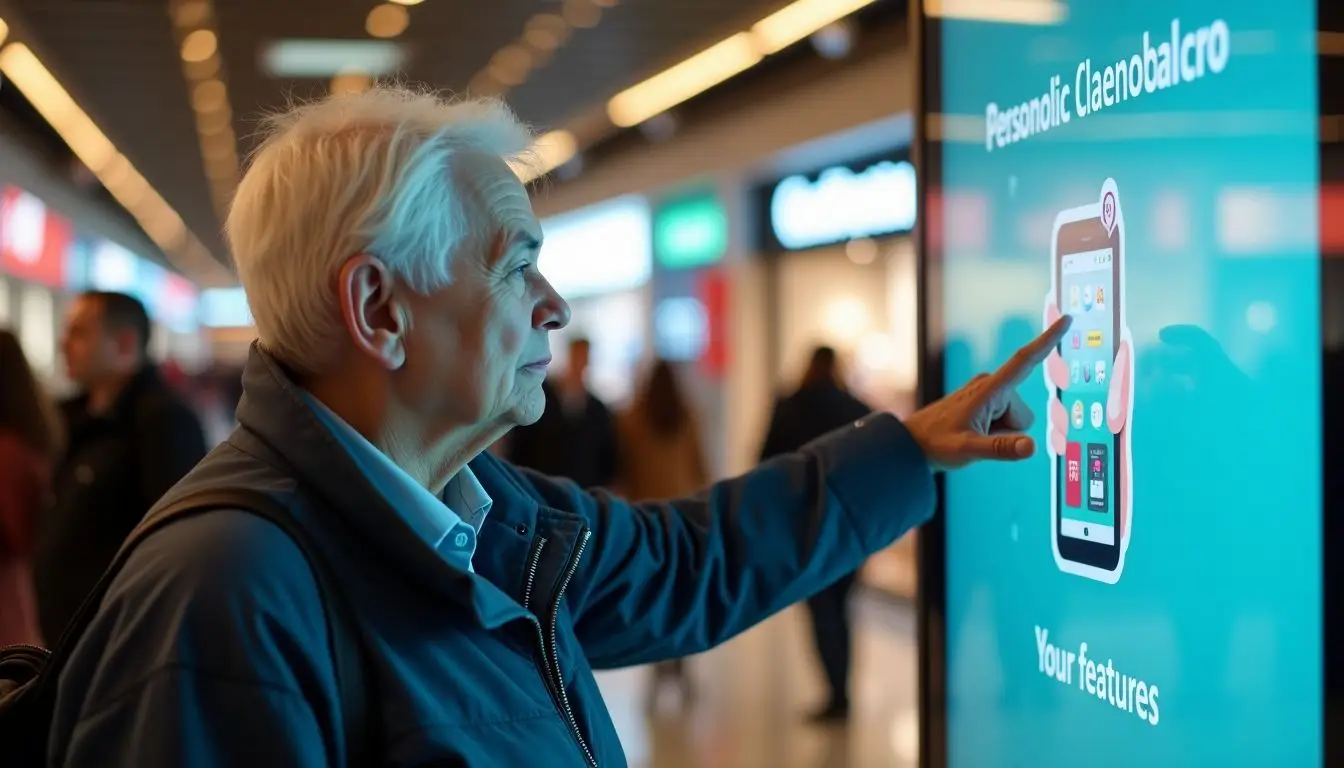
Interactive digital signage offers personalized messages that capture customer interest. It also uses touchscreens to make shopping fun and engaging.
Personalized and Targeted Messaging
Personalized and targeted messaging makes shopping more enjoyable. Retailers use interactive digital signs to show messages that fit each customer. For example, a person who loves sports might see ads for new sneakers or jerseys.
This approach increases customer interaction and boosts sales.
Using real-time content helps stores keep customers engaged. Instead of generic ads, shoppers see promotions just for them. This feature is part of omnichannel marketing. It connects in-store communication with online activities.
Many stores report higher foot traffic and sales due to this strategy, showing that personalized messaging works well in retail technology.
Interactive Touchscreens
Interactive touchscreens are a key part of digital signs in stores. They let customers engage directly with the content. Shoppers can browse products, view promotions, and even place orders right at their fingertips.
These screens make it easy for customers to find what they need.
Retailers benefit from this technology too. Real-time updates help them show current deals or new arrivals instantly. Touchscreens boost customer engagement and improve in-store communication.
They create an interactive experience that keeps shoppers interested and informed about business promotions.
Integration with Mobile and Online Channels
Mobile and online channels play a big role in reaching customers. Stores can link interactive digital signs to mobile apps. This helps shoppers get real-time content right on their phones.
They can see special deals or new arrivals as they walk through the store. Customers appreciate this instant access.
Stores use social media too. They can show posts and updates on digital signs. Shoppers often share their experiences online, which boosts engagement further. First-hand experience shows that linking stores to online platforms drives sales up by 30%.
Interactive digital signage makes shopping easier and more fun for everyone involved.
Practical Applications of Interactive Digital Signage in Retail Stores
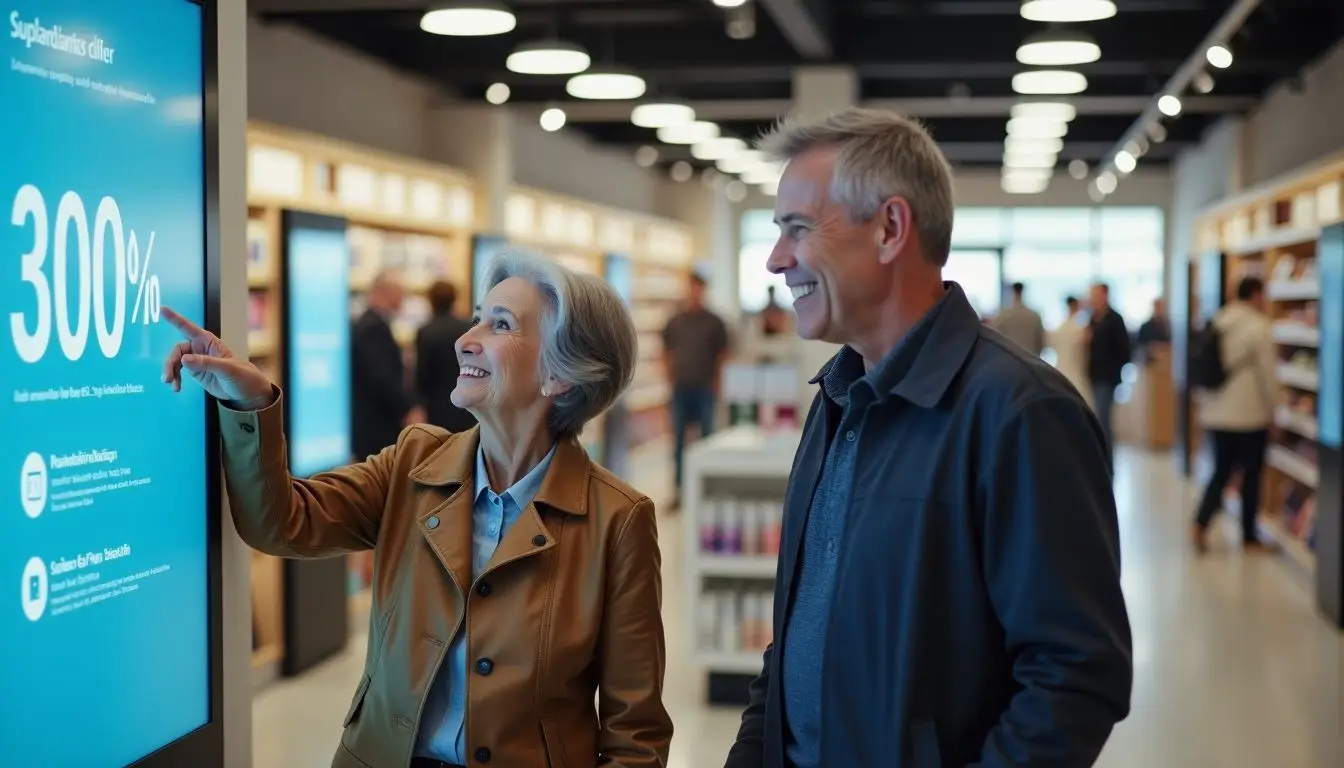
Interactive digital signage helps stores promote products and guide customers. It makes shopping easier and more fun. Customers can find deals quickly or learn about new items right away.
This technology brings a fresh approach to store experiences. Read on to discover more ways it benefits retailers!
Product Promotions and Upselling
Product promotions and upselling thrive with interactive digital signs. These displays catch customers’ attention quickly. They show special deals in real-time, making shopping exciting.
Shoppers often respond well to fresh offers right when they enter the store.
Stores can use these signs to suggest products that go well together. For example, if someone looks at a pair of shoes, the sign can pop up with matching socks or bags. This kind of instore communication helps boost sales while enhancing customer experience.
Wayfinding and Store Navigation
Interactive digital signs help shoppers move around stores easily. These signs show clear maps and directions. Customers can find what they need without stress. They get quick help in crowded areas.
Shoppers enjoy a better experience with easy navigation. Stores can also update these signs in real time. This keeps information fresh and useful for customers. First-hand experience shows that people spend more time shopping when they quickly find their way around the store.
Interactive digital signage makes shopping smoother and more fun.
Queue Management
Queue management improves customer flow in retail stores. Interactive digital signs can display wait times and direct customers to shorter lines. These signs keep people informed, reducing frustration.
Shoppers know what to expect and feel more at ease.
Retailers benefit from using real-time content on these screens. They can update messages quickly based on store needs. This helps manage busy times effectively while enhancing the shopping experience.
Customers stay engaged and happy with clear information about their wait times or next steps.
Branding and Storytelling
Interactive digital signs help brands share their stories. Retail stores can showcase their history and values through engaging content. Customers connect better when they see a brand’s journey.
Stories make products feel more real and special.
These signs can display videos, images, and messages about the brand. Such features attract attention and spark interest. As customers learn more about a brand, they become more likely to buy its products.
Effective storytelling makes shopping enjoyable while enhancing customer engagement in retail stores.
Conclusion: Revolutionizing Retail with Interactive Digital Signage
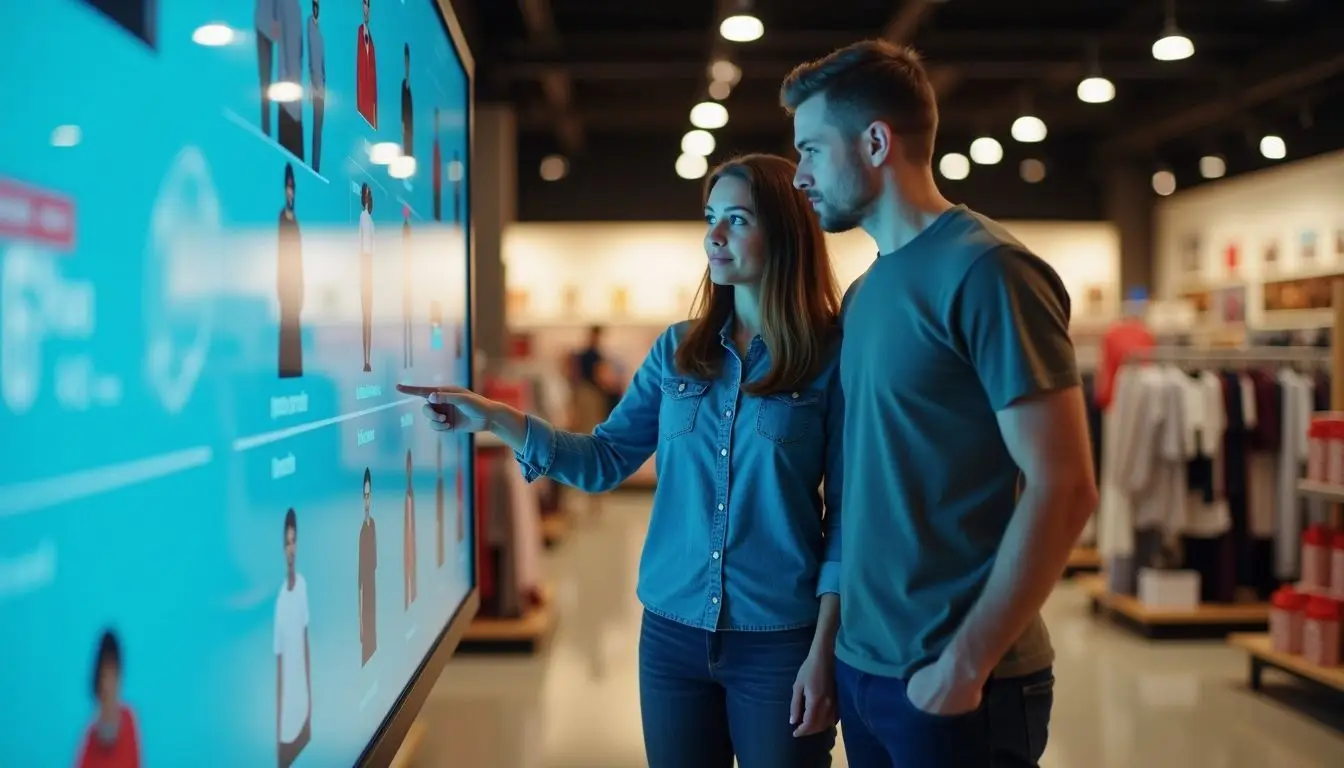
Interactive digital signs change how stores connect with customers. They draw people in with fun and useful content. Shoppers get real-time updates on sales and products. These signs also help brands tell their stories better.
Retailers who use them can boost sales and keep customers happy.
FAQs
1. What are interactive digital signs in retail stores?
Interactive digital signs in retail stores are screens that show real-time content to engage customers.
2. How do interactive digital signs attract customers?
These signs draw customer’s attention by showing engaging and timely content, making the shopping experience more enjoyable.
3. Can real-time content on these signs change based on customer behavior?
Yes, the content can be updated in real time based on how shoppers interact with products or respond to promotions.
4. Are these interactive signs only for big retailers?
No, any store can use them to enhance their customer engagement and improve their shopping experience.
